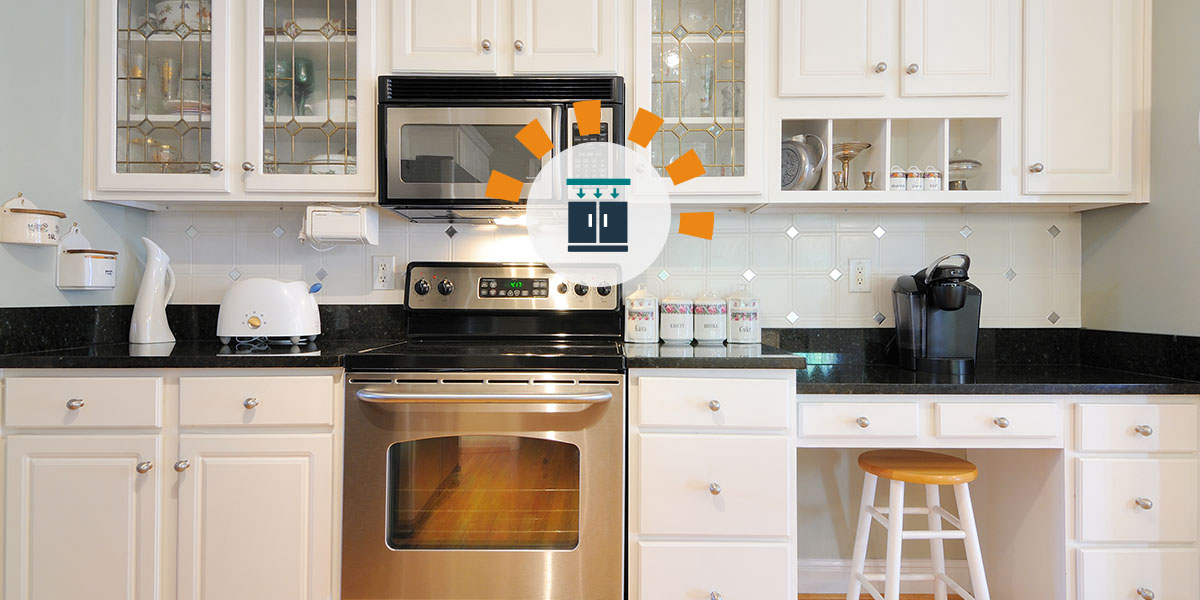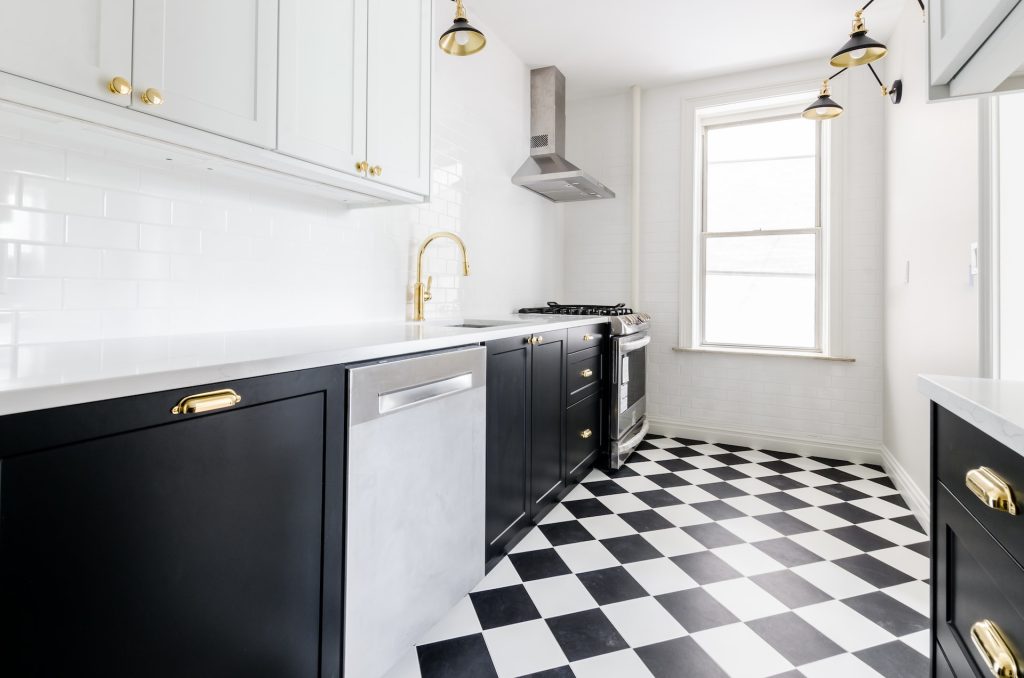Assembling a refrigerator requires following the manufacturer’s instructions carefully and gathering necessary tools. Begin by unboxing and positioning the unit, then connect parts like shelves and handles.
Refrigerators are essential home appliances that need careful handling during assembly. Whether you are setting up a brand new fridge or reassembling one after a move, the process can seem daunting. To ensure a smooth assembly, determine the type and model of your refrigerator as steps may vary.
Keep your instruction manual close, as it will be your primary guide through the process. You’ll typically need basic tools like a screwdriver and an adjustable wrench to attach handles, doors, or other external parts. Confirm that all components, including shelves, drawers, and any additional features, are accounted for before you begin. If installing a refrigerator with water and ice dispensers, verify the water line connection and any required filters are in place. Take your time and don’t rush; a correctly assembled refrigerator will provide optimal performance and longevity. Remember to level your fridge to ensure proper door operation and to guarantee your appliance runs efficiently.

Credit: www.dumpsters.com
Introduction To Refrigerator Assembly
Welcome to your guide on assembling a refrigerator! This crucial task is the first step toward a fully functional kitchen. Proper assembly ensures that your food stays fresh and safe. We make this process simple and straightforward.
The Importance Of Proper Installation
A well-installed refrigerator is vital for its performance. Correct assembly maintains an efficient cooling system. It also reduces the risk of future repairs. Furthermore, a well-installed unit conserves energy and saves money on electricity bills.
- Guarantees optimal performance
- Minimizes repair costs
- Conserves energy and saves money
Tools And Equipment Needed
Gather the following tools before starting:
| Tool | Use |
|---|---|
| Screwdrivers | For screwing components |
| Level | To ensure the fridge is balanced |
| Measuring Tape | To measure installation space |
| Wrench Set | For tightening bolts |
| Power Drill (optional) | For heavy-duty fixings |
With these tools, you’ll be ready to start the assembly process!
Unboxing Your New Refrigerator
Welcome to the exciting moment of welcoming your brand new refrigerator into your home! Proper unboxing and assembly are crucial to ensure your appliance works flawlessly from day one. This guide will take you through the careful process, step by step, beginning with how to unbox your new refrigerator safely and efficiently.
Precautions When Handling Appliance Packaging
Unboxing a refrigerator is not just about tearing into the packaging. It’s vital to follow specific precautions to prevent damage or injury.
- Wear gloves to protect your hands from sharp edges.
- Use proper lifting techniques: Bend your knees and keep your back straight.
- Enlist help for maneuvering the appliance, as it can be heavy and awkward to handle.
- Keep children and pets away during unboxing to avoid accidents.
- Inspect the box for damage before opening, reporting any issues to the retailer promptly.
- Remove packaging materials carefully to avoid damaging the refrigerator’s surface.
Positioning The Refrigerator For Assembly
Once the packaging is out of the way, positioning your refrigerator correctly is the next essential step.
- Find a spacious area to move your fridge into place without obstructions.
- Set down the appliance gently on the floor, using the styrofoam as a cushion if available.
- Align the fridge with the final space it will reside in, allowing for clearance on all sides.
- Check the level using a spirit level, adjusting the feet of your refrigerator if necessary.
- Once in place, remove all remaining interior packaging and materials before plugging in.
Following these steps ensures your refrigerator is ready for assembly and set up for success. Remember to consult your manual for any model-specific instructions!
Setting Up The Base
A solid foundation ensures your refrigerator runs efficiently. Follow these steps to set up the base correctly.
Leveling The Refrigerator
Start by ensuring your refrigerator is level. A level fridge prevents noise and door alignment issues. Use a carpenter’s level placed on top of the unit. Check both side-to-side and front-to-back alignment.
- Turn the leveling legs clockwise to raise the fridge; counter-clockwise to lower it.
- Adjust until the bubble on the leveler is centered.
Attaching The Feet Or Rollers
Your fridge may have adjustable feet or rollers. These help in easy positioning and stability.
- Locate the feet or rollers at the base of your refrigerator.
- For feet, screw them into the designated corners.
- For rollers, lock them in place according to the manual.
- Ensure all are firmly attached.
Installing The Refrigerator Components
Setting up your new refrigerator involves assembling various parts. No technician needed. Follow these straightforward steps to get your refrigerator up and running.
Fitting The Shelves And Drawers
First, identify all pieces. Lay out the shelves, drawers, and any other accessories. Make sure everything matches the manual. Next, start with the bottom sections. Slide drawers into the designated rails. They should click into place. For shelves, tilt at an angle and gently lower into the grooves. Adjust the height according to your needs. Check for stability before filling them.
- Match parts with the manual
- Install drawers first, secure in rails
- Tilt and lower shelves carefully
- Adjust height, ensure stability
Putting In The Water Filter
If your refrigerator has a water dispenser, you’ll need to install a water filter. Locate the filter compartment, which is usually inside the fridge or at its base. Unpack the filter and remove any caps. Align it with the connector and push in firmly. Twist as instructed to lock in place. Once fitted, flush the system. Run water through the dispenser for several minutes to clean the filter. This ensures clean water for drinking or making ice.
- Find the filter compartment
- Unpack and prepare the filter
- Insert and lock the filter
- Flush with water before use
Electrical Setup
Before your fridge starts chilling, let’s power it up safely. The electrical setup of a refrigerator is vital. It requires attention to detail. It ensures your appliance runs efficiently. Follow these steps to get your refrigerator humming smoothly.
Checking Electrical Requirements
Verify voltage and outlet type before anything else. Check the manual for electrical needs. Your refrigerator may need a dedicated electrical circuit. This helps prevent overloading. Use a grounded outlet for safety.
Connecting To The Power Supply
Locate the power cord behind the fridge. Gently uncoil it. Avoid crimping. Find the nearest three-prong outlet. Ensure it is not connected to a switch that turns off. Plug the cord into the outlet snugly. Do not use an extension cord. It can cause hazards.
| Step | Action |
|---|---|
| 1 | Check fridge manual for voltage needs. |
| 2 | Ensure a grounded outlet is used. |
| 3 | Uncoil power cord behind the refrigerator. |
| 4 | Plug into a stable power source. |

Credit: www.pinterest.com
Final Steps And Adjustments
Welcome to the conclusive phase where we bring life to your refrigerator! After assembling the main components, it’s crucial to perform the final steps and adjustments. These ensure that your appliance operates efficiently and safely. Let’s dive into the essential tasks to wrap up this setup.
Setting The Temperature
Correct temperature setting is vital for food preservation. Locate your refrigerator’s temperature control. It’s often inside the fridge, marked with numbers or ‘cold’ to ‘coldest’ settings.
- Turn the control to the middle setting.
- Allow the fridge to cool for a few hours.
- Check the temperature using a fridge thermometer.
- Adjust as needed for your optimal cooling range. Usually, 37°F (3°C) for fridges and 0°F (-18°C) for freezers.
Tidying Up And Securing Cables
Loose cables can be a hazard and affect performance. Ensure all cables are neatly tucked and secured.
- Bundle excess cable length with zip ties or cable clips.
- Place cables away from heat sources and moisture.
- Use adhesive hooks or clamps to keep cables against the fridge’s back.
Maintenance And Safety Tips
Keeping your refrigerator in top condition is vital for longevity and safety. Regular maintenance not only ensures your appliance runs efficiently but also helps prevent potential hazards. These tips will help you keep your refrigerator functioning perfectly and safeguard your home.
Regular Cleaning Recommendations
Cleanliness is crucial for your refrigerator’s performance. Dust and debris can hinder airflow and efficiency. Follow these steps to maintain cleanliness:
- Weekly: Wipe spills immediately. Use a mild detergent and a soft cloth.
- Monthly: Remove and clean shelves and bins.
- Bi-annually: Vacuum the condenser coils. Unplug the fridge first.
Troubleshooting Common Issues
Recognize and solve ordinary refrigerator problems with the following guide:
| Issue | Quick Fix |
|---|---|
| Not Cooling | Check the thermostat; ensure it’s not turned down. |
| Noisy | Tighten loose parts; clean the condenser fan. |
| Water Leak | Unclog the defrost drain; check for a full drip pan. |

Credit: waterbuckpump.com
Frequently Asked Questions On How To Assemble A Refrigerator
What Tools Are Needed For Refrigerator Assembly?
Most refrigerator assembly tasks require basic hand tools. This usually includes a screwdriver, adjustable wrench, and a level. Make sure to have these tools handy before you start assembling your refrigerator.
Can I Assemble A Fridge By Myself?
Assembling a refrigerator is generally a two-person job. It requires lifting and positioning heavy parts. It’s essential to have assistance to avoid injury or damage to the fridge. If you’re not confident, seek professional help.
Which Parts Should I Assemble First?
Begin with the base components such as leveling the feet. Next, install any necessary panels or doors. Finally, set up the shelves and drawers inside. Always follow the manufacturer’s guide for the correct order of assembly.
How Long Does It Take To Assemble A Fridge?
The assembly time can vary depending on the fridge model but typically ranges from 30 minutes to 1 hour. It’s important to take your time to ensure everything is set up correctly and safely.
Conclusion
Assembling a refrigerator can be a smooth journey with the right tools and guidance. Your new appliance should now be ready to cool your groceries efficiently. Remember, following the manual closely ensures optimal performance. For any uncertainties, professional help is just a call away.
Enjoy your perfectly assembled fridge!

